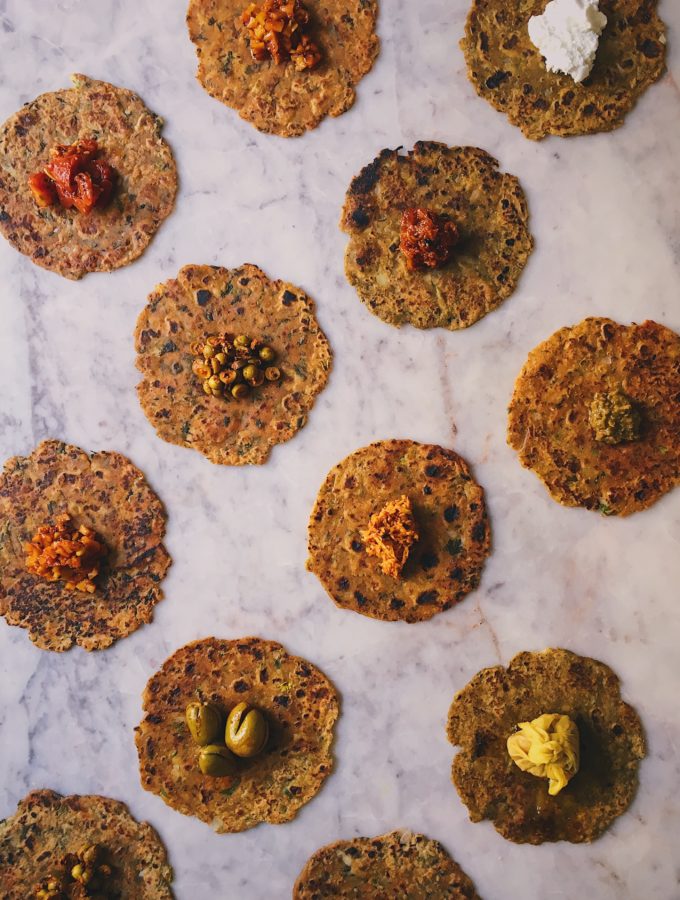When you’re cooking for a family of five, there’s bound to be tons of leftovers stashed in the refrigerator from meals past. I’m not the sorts to bin food mindlessly, so I’m always looking for ways to reuse last night’s dal, this morning’s potato sabzi and that cupful of greens that I’m sure are on the verge of going bad. The best part about being Indian is how we come up with nifty little tricks to minimise food waste in our kitchens. If you’re new in the kitchen, I always urge people to look out for these nuggets of kitchen wisdom that our grandmums or mums drop to rework an already cooked dish. These kitchen tips that turn bhaji into pulao or dal into roti are things that are going to come in handy someday, so watch closely and learn.

At home a couple of weeks ago we had little steel katoris full of Methi Aloo, Turi cooked with onions and tomatoes, Moong dal tadka and chawli beans cooked like rajma masala. We decided to use the simple hack to transform each of these sabzis into thin thepla-like parathas. The idea is very homey and I’m sure so many of you already do it, but for those who don’t, this is such a creative way to get tons of flavour into your roti, and make sure nothing goes to waste.
I’m going to take a different approach with the recipe writing for this. I’m not going to give you fixed measurements for anything, but I want you to mess around with the dough as you make it. Here are the ingredients you ought to lay out when you’re starting:
Atta/ Wheat flour
Cumin powder
Garam Masala powder
Finely chopped onions
Garlic
Chillies
Amchur powder (raw mango powder)
Ghee
METHOD
Start with a small cup of bhaji and an equal amount of flour. If your sabzi is more on the gravy side, you might want to up the amount of flour you add to your dough. Again, there is no hard and fast rule when making these, so you have to follow your gut. Add in some of the dried masalas, chilli, the onions and the ghee. Knead till the dough comes together in a smooth ball, using a little oil to grease your hands. Divide the dough into golf ball-sized rounds, or smaller and roll them out quite thin. I prefer them thin, but if you like, you could roll them thicker. Keep a tawa ready and quite hot. Transfer the rolled out dough onto the hot tawa and let it cook on one side for 20-30 seconds. The thinner you roll them, the less cooking time it will require. A few dark spots on each side should do it. Drop a teaspoon of ghee or oil on the sides and using a flat steel spatula or something similar, pry the parathas from the sides and carefully flip it, pressing down on the paratha with the spatula as you go. Flip it once again to finish and transfer to a plate. Repeat with the rest.
Making these is all about understanding flavour and adding what’s required to up the flavour, so while all of the parathas would benefit from a bit of ghee, a mixed sabzi might not require any additional garlic or chilli to be added to it, and again a dal is quite plain, so literally all of the above ingredients together would sit very well in it. Serve with pickles or curd, if you like.
